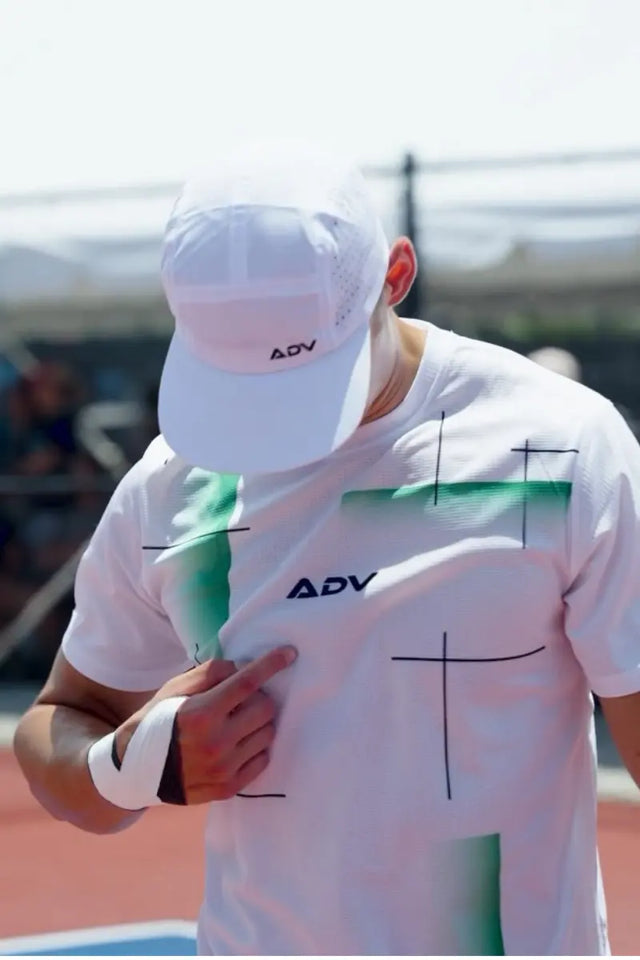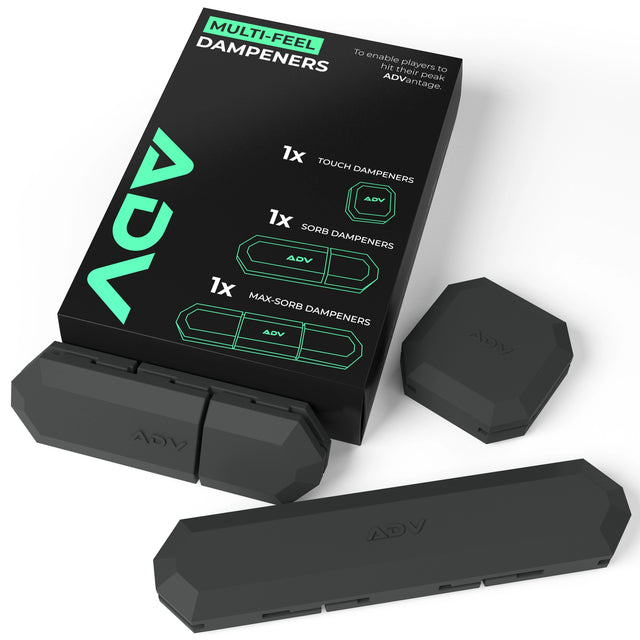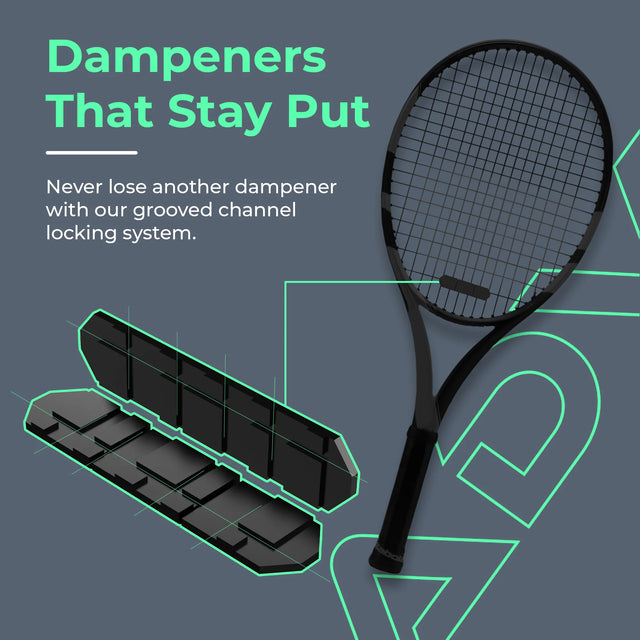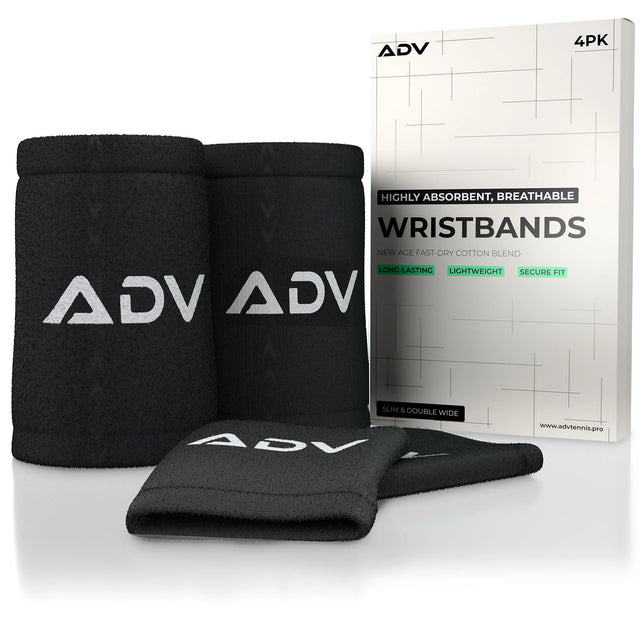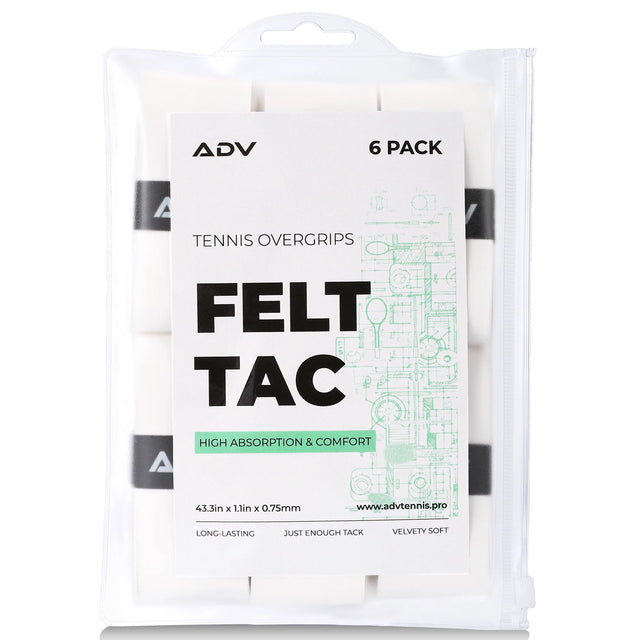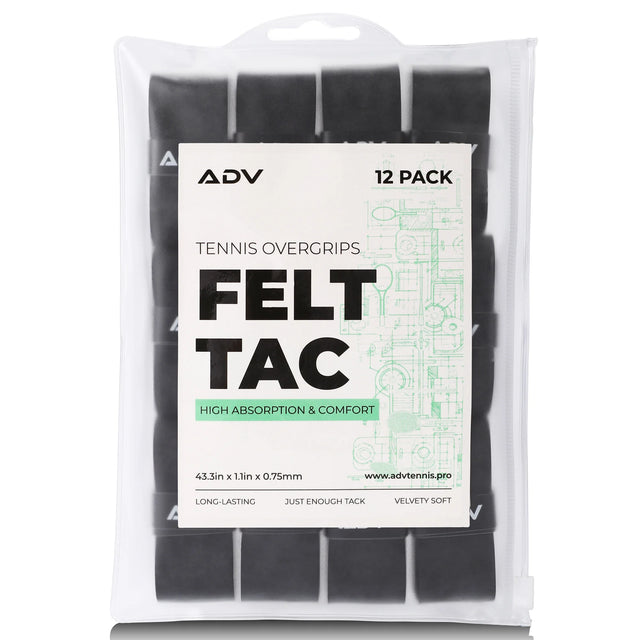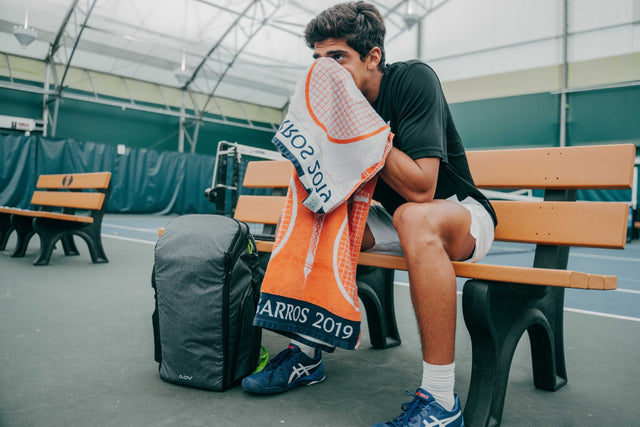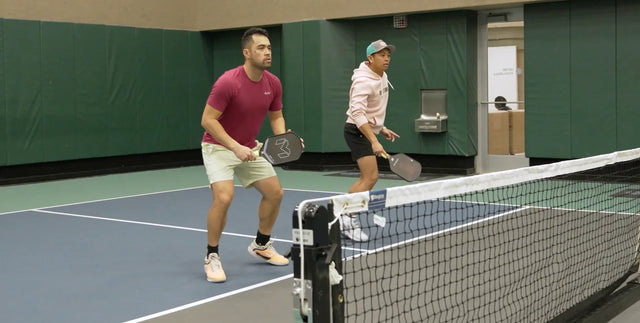The Importance of Ergonomic Design in Tennis Backpacks
When selecting a tennis backpack, comfort and functionality are as crucial as the gear you carry inside. An ergonomically designed tennis racket backpack allows players to transport their equipment with ease and efficiency, reducing the risk of discomfort or injury. A well-designed backpack considers weight distribution, padding, and organization to make carrying tennis essentials seamless and strain-free. Whether you're a casual player or a professional, the right backpack can significantly enhance your tennis experience.

Dedicated Compartments and Organization
The inclusion of specialized compartments for rackets, shoes, balls, bottles, and accessories, and how these organizational features contribute to efficient storage and accessibility.
Secure and Protected Storage for Rackets
A central feature of any tennis backpack is the racket compartment. It is designed not only to securely hold your racket but also to protect it from external pressures that could cause damage. These compartments are often lined with soft materials and structured to maintain a firm grip on the racket, preventing any unnecessary movement. Such design considerations are crucial for preserving the integrity of your racket’s frame and strings, which can be sensitive to knocks and jostles typically encountered during travel.
Maintaining Balance and Stability
The placement of the racket compartment in ergonomic tennis backpacks is strategically done to help maintain balance. By positioning the racket close to your back, the bag ensures an even distribution of weight across your shoulders, minimizing the likelihood of a lopsided stance that can lead to muscle strain. This thoughtful positioning promotes a more natural posture while carrying the bag, essential for preventing back and shoulder pain, especially when carrying the backpack for extended periods.
Preventing Shifting During Movement
In addition to protecting the racket, an effective compartment design prevents the contents from shifting while you are in motion. This stability is essential, particularly for players who travel on foot or cycle to their playing venues. Comfortable tennis backpacks feature compartments that snugly fit the racket and additional padding that absorbs shocks during movement, ensuring that your gear remains stationary.
Different Compartment Designs
Various brands offer different takes on the racket compartment, each with unique benefits. Some of the best tennis backpacks feature separate compartments with locking zippers for enhanced security, while others offer easy-access designs that let you quickly retrieve and store your racket. The choice between these styles often depends on a player's specific needs for security versus convenience. Comparing these designs helps identify which backpack aligns best with your personal preferences and playing habits.
Shoe Compartment
Importance of Separate Shoe Storage
Shoes used on tennis courts can pick up various types of debris, including clay, grass, and hard court materials, which can transfer to other items if not properly isolated. A tennis backpack with a shoe compartment ensures that this cross-contamination is avoided, preserving the cleanliness and usability of other gear stored within the bag. Such compartments are often designed to accommodate shoes snugly, reducing movement and potential damage from bouncing against other items during transport.
Ventilated Compartments
One of the key benefits of a well-designed shoe compartment is ventilation. A men's tennis backpack with proper airflow features can prevent the accumulation of moisture and odors, which are common with tennis shoes after long matches or intense practice sessions. These compartments typically include mesh materials or other breathable fabrics that allow air circulation, helping to dry out damp shoes and reduce the buildup of unpleasant smells, maintaining a fresher and more hygienic bag interior. The inclusion of such ventilated spaces is essential not only for odor control but also for preventing the growth of mold and bacteria, which can degrade both the shoes and the bag over time.
Keeping the Interior Clean
Compartmentalizing shoes away from other items simplifies finding and accessing belongings without rummaging through dirty gear. This setup not only saves time but also reduces the stress of managing various pieces of equipment, making your tennis sessions more enjoyable and less cluttered. The physical separation provided by shoe compartments helps preserve the bag's interior condition, preventing abrasive dirt particles from accumulating and causing wear and tear.
Comfort and Weight Distribution
Padded Shoulder Straps and Back Panels
These elements are designed to cushion the load, distributing the weight more evenly across the shoulders and back, minimizing the risk of strain. The padding helps absorb the impact as you move, making the backpack more comfortable to wear, especially when it’s fully loaded. To maintain their comfort and mobility, players who carry their equipment for extended periods must do so.
Cushioning for Heavy Loads
Carrying heavy loads frequently can be challenging, but with additional cushioning, the best tennis backpacks are uniquely equipped to handle the demand. These backpacks are often reinforced in critical areas that bear the most weight or are prone to wear, such as the bottom of the bag and the points where straps attach. Such reinforcements not only provide greater comfort but also enhance the durability of the bag, ensuring it can withstand the rigors of frequent use without compromising on comfort or safety.
Organizational Features
Multiple Compartments and Pockets
The design of a tennis backpack often includes multiple compartments and pockets tailored to the needs of tennis players, allowing for meticulous organization of gear and accessories. These varied sections enable players to store items such as tennis balls, clothing, and personal belongings in designated spaces. This separation not only enhances accessibility but also protects more sensitive items from being damaged by heavier equipment.
Balls, Bottles, and Accessories
Organizing a tennis backpack involves thoughtful compartmentalization where each item has a rightful place. Each compartment in the backpack should be used to its full potential. For example, dedicated sections for tennis balls are usually reinforced to handle the pressure and weight of the balls, ensuring that the backpack retains its shape and functionality over time. Similarly, special insulated compartments for water bottles maintain the temperature of beverages, be they hot or cold, which is especially valuable during long matches or training sessions in varying weather conditions.
Some backpacks also offer padded sections for electronic devices and secure pockets for valuables like wallets, keys, and phones, which need protection and easy accessibility. The organization extends to external hooks or straps that can hold extra items, such as hats and dampeners, or even a mesh on the side to quickly stash a jacket or snack.
Size, Capacity, and Versatility
When choosing a tennis backpack, it’s essential to assess the overall size and racket capacity to ensure it meets your needs both on and off the court. Backpacks typically range from compact models designed for one to two rackets to larger options accommodating up to three or more, along with gear and apparel. Consider your playing frequency and the amount of equipment you carry. Versatile backpacks with expandable compartments or convertible features are ideal for travel and commuting, allowing you to transition seamlessly between matches, work, or daily activities without sacrificing organization or comfort.

Design, Style, and Personalization
In recent years, the aesthetic dimension of tennis backpacks has evolved far beyond utilitarian roots, reflecting both the sport’s dynamic energy and players’ personal tastes. Today’s market offers an impressive variety of designs, from sleek, minimalist silhouettes in classic blacks and neutrals to vibrant, eye-catching colorways and graphic prints that make a bold statement on and off the court. This surge in design innovation is fueled by a growing demand for gear that not only performs well but also complements a player’s unique sense of style.
Materials and Construction
The quality of a tennis backpack can significantly influence its performance and lifespan, making it essential to understand the various components that contribute to its overall integrity. Below are expanded details regarding the key features to consider:
- Material Choice: Opting for materials like 600D polyester is advantageous due to its high density and durability. This type of fabric is designed to endure frequent use and resist damage from abrasive surfaces and sharp objects that can commonly be encountered during travel or play. Additionally, such materials often maintain their structural integrity and appearance over time, making them an excellent investment for serious tennis players.
- Water Resistance: A water-resistant coating on a tennis backpack is indispensable for players who are often exposed to varying weather conditions. This feature ensures that the contents of the backpack, such as rackets, balls, and personal items, are protected from rain or accidental spills. It also helps prevent the build-up of mold and mildew, which can damage both the backpack and its contents. Players who invest in a water-resistant backpack can enjoy more peace of mind, knowing their equipment is safe from water damage.
- Reinforced Stitching: Critical stress points, such as the areas where straps are attached and zippers meet, require reinforced stitching to ensure they can handle the weight and strain of carried items. This reinforcement helps prevent the seams from ripping under stress, thereby extending the backpack’s usability and preventing the inconvenience of unexpected repairs. Reinforced stitching is particularly crucial for players who carry heavier loads or frequently travel, as it significantly enhances the backpack’s load-bearing capacity.
- Quality Fasteners: The reliability of zippers and buckles directly affects the security and accessibility of a tennis backpack. High-quality fasteners are designed to withstand repeated use without failing, ensuring that the contents are securely contained and easily accessible when needed. This is especially important in competitive settings where players need quick and unhindered access to their equipment. Investing in a backpack with robust fasteners reduces the likelihood of malfunction and the need for replacements.
Understanding the key aspects of material quality and construction helps in selecting a tennis backpack that will not only meet a player’s functional needs but also withstand the rigors of frequent use.
Regular Use and Harsh Conditions
Durable tennis backpacks are specifically designed to withstand the harsh conditions of outdoor sports environments. The materials used are not only tough but also treated to resist UV damage, mildew, and stains, preserving both the function and appearance of the backpack over time. For players who frequently compete or train in varied weather conditions, this durability is crucial. It ensures that the backpack remains reliable season after season, providing not just storage but also a consistent level of protection for valuable tennis equipment.
Aesthetics and Style
While durability is paramount, the aesthetic appeal of tennis backpack features cannot be overlooked. Today’s market offers a wide range of styles and colors, catering to personal tastes and preferences. Whether you prefer a sleek, minimalist design or a bold, graphic print, there is a backpack to suit every personality. Moreover, the style of the backpack can serve as a reflection of the player’s brand or aesthetic, making it not just a functional piece of equipment but also a fashion statement.
Choosing and Buying Tennis Backpacks
Buying Considerations and User Reviews
Look at the factors to consider when purchasing a tennis backpack, such as matching the bag to the user’s playing style, evaluating price points, and consulting reviews and ratings. These insights provide real-world feedback on the performance and durability of different backpacks, helping you measure their effectiveness in practical scenarios. Reviews can highlight aspects such as comfort, quality of materials, and the practicality of the design. Factors that might not be immediately apparent from product descriptions alone. By considering other players' experiences, you can make a more informed decision, ensuring the backpack meets your specific needs and expectations.
Online Shopping Tips for Tennis Backpacks
When shopping online for a tennis backpack, it's essential to navigate the process carefully to ensure you get a product that meets both your functional needs and quality expectations. Here are some tips to help you make the best purchase:
- Read Product Descriptions Carefully: Detailed product descriptions are your first line of defense against buying unsuitable items. Ensure you read these descriptions thoroughly to grasp the backpack's size, materials, and specific features. Often, these descriptions will include details about the robustness of materials used and any additional protective features.
- Check Sizing and Dimensions: To avoid purchasing a backpack that doesn't fit all your gear, it’s crucial to check the listed dimensions and compare them against the size of your equipment. Ensure there’s enough space for your racket, which typically needs a specific sleeve or compartment, as well as for shoes, clothing, and other essentials like balls and grips. This check can prevent the hassle of returns and the disappointment of a poorly fitting backpack.
- Review Return Policies: Since you cannot assess the backpack physically before purchase, understanding the return policy of the online store is essential. Look for retailers that offer free returns, which can save you money and stress if the backpack does not meet your expectations. A flexible return policy can also allow you to exchange a product if there's a need for a different size or feature without additional expense.
- Compare Prices: Always compare prices across various online retailers to ensure you're getting the best deal. Look out for seasonal sales, special promotions, and discounts that online stores frequently offer. Signing up for newsletters can also provide access to exclusive deals, helping you maximize value for money. Comparing prices helps in making an informed decision, ensuring that you are not overpaying for your backpack.
- Secure Payment Options: Finally, ensure that any transaction is completed using secure payment methods. Credit cards or reputable online payment systems like PayPal offer buyer protection features that safeguard your money against fraud. Secure payment options also help in keeping your financial information private and protected from unauthorized access.
Following these guidelines can help you buy tennis bags online with confidence, knowing that you’ve thoroughly vetted your options and are likely to receive a product that suits your tennis lifestyle and needs.
Brand and Model Comparisons
There are differences among various brands and models. When comparing, each manufacturer brings distinct specialties to the table. Evaluating these differences helps players choose a backpack that aligns with their preferences and playing needs.

The ergonomic design of tennis backpacks significantly enhances the playing and carrying experience for tennis enthusiasts. From the carefully structured racket compartments that keep your equipment secure and balanced, to the ventilated shoe compartments that maintain cleanliness and freshness, each feature is designed with the player's comfort and convenience in mind. Padded straps and back panels distribute weight evenly, reducing strain on the body, while various organizational features ensure that all your gear is easily accessible and well-protected. Carry your gear in style and comfort with ADV Tennis backpacks, crafted for durability both on and off the court. By choosing a backpack that incorporates these ergonomic principles, players can enjoy a more comfortable and enjoyable journey to and from the court.

